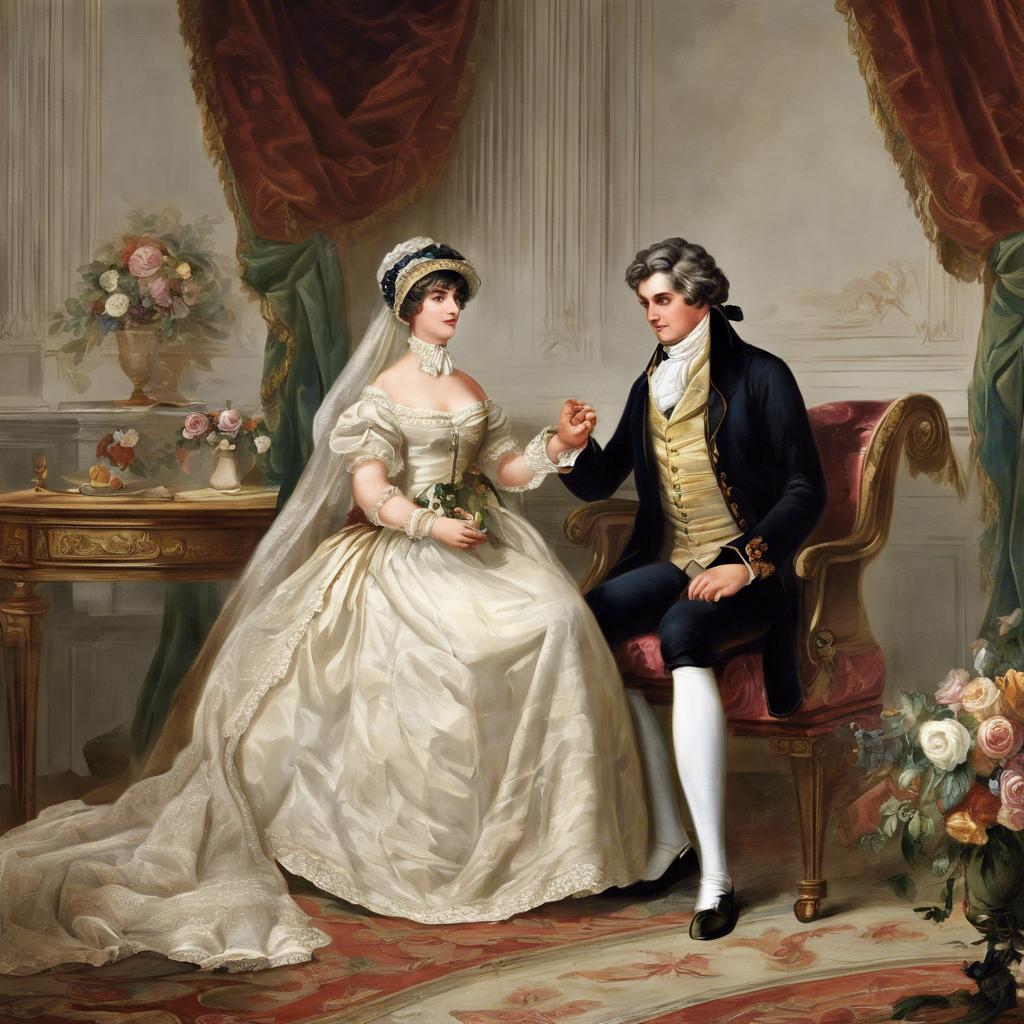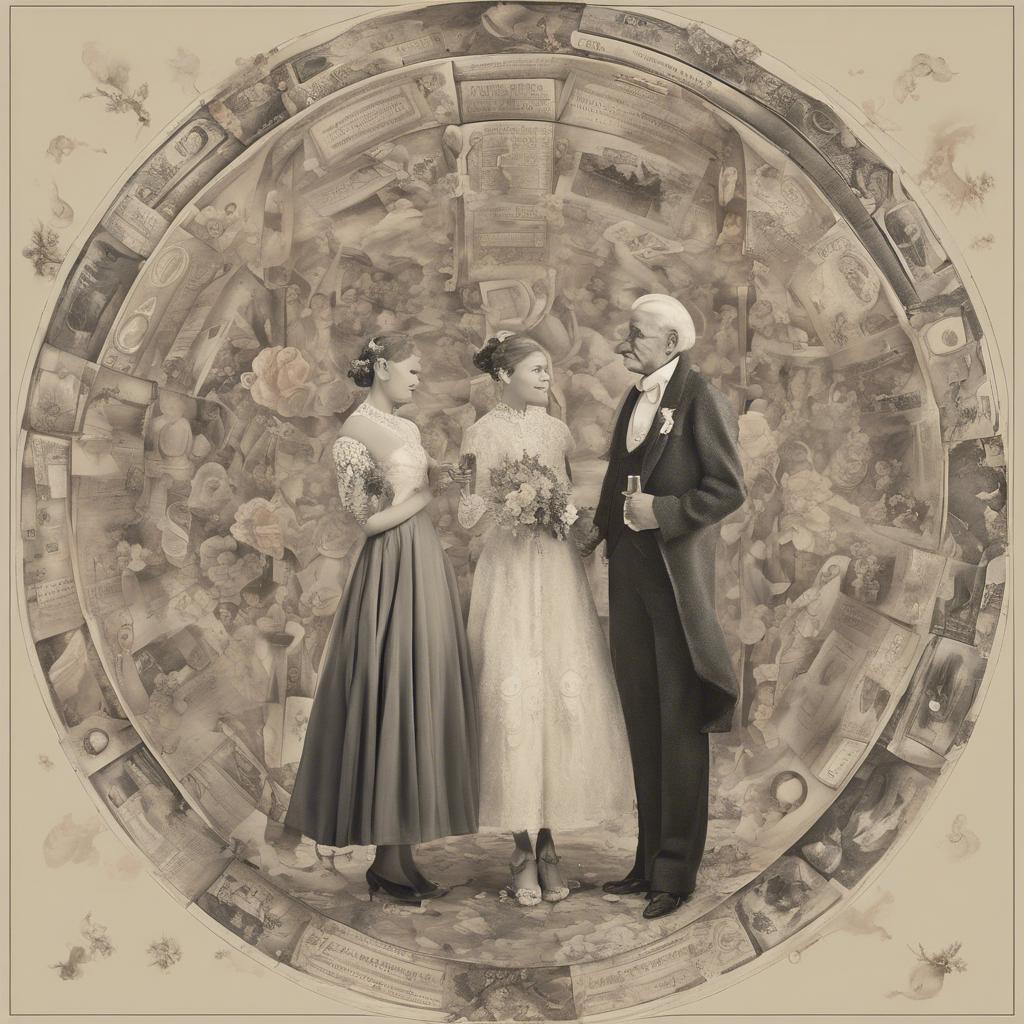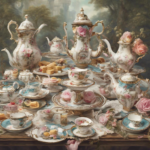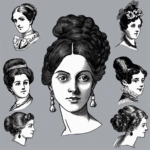During the Regency era in Britain, marriage was a crucial aspect of society, with regency era coming out age”>strict societal expectations and conventions guiding the practices and customs of courtship and wedlock. One of the most notable aspects of this era was the age at which individuals were expected to enter into matrimony. This article will delve into the intricacies of marriage age during the Regency era, exploring the societal norms, expectations, and repercussions of marrying at a young age in this fascinating period of history.
Step Into the World of Cheryl Bolen
Dive into the enchanting stories of love, intrigue, and elegance set in the Regency Era. Cheryl Bolen's novels offer timeless romance and captivating tales that will leave you wanting more.
Explore Cheryl Bolen's Books Now
Background on Regency Era Marriage Age
During the Regency Era, marriage was considered a crucial aspect of a woman’s life, with societal expectations dictating the appropriate age for marriage. Young women were typically expected to marry in their late teens or early twenties, while men often married slightly later in their twenties. This emphasis on marrying at a young age was largely due to the desire to secure alliances, ensure financial stability, and maintain social status.
Marriage was seen as a way to secure a woman’s future and provide her with a sense of security and stability. For many young women, marriage was their only opportunity to escape the constraints of their family and gain independence. However, this early emphasis on marriage also came with its challenges, as many young women were forced into marriages for strategic or financial reasons, rather than for love or personal choice.
Despite the pressure to marry at a young age, not all individuals adhered to these societal norms. Some women chose to delay marriage in order to pursue their own interests or careers, while others simply did not find a suitable match. These women often faced criticism and judgment from society, highlighting the strict expectations placed on individuals during the Regency Era.
Factors Influencing Marriage Age in the Regency Era
The Regency Era was a time marked by strict societal norms and expectations, especially when it came to marriage. Several factors played a significant role in determining the marriage age during this period:
Social Class: Class distinctions were crucial in Regency society, and marriage age often varied depending on one’s social standing. Wealthy aristocrats usually married at a younger age, as marriage was seen as a way to solidify alliances and secure wealth and status.
Family Expectations: Family pressure heavily influenced marriage age in the Regency Era. Young men and women were often expected to marry according to their parents’ wishes, regardless of their personal desires or readiness for marriage.
Social Implications of Marrying at a Young Age in Regency Society
In Regency society, marrying at a young age had various social implications that were deeply ingrained in the norms and expectations of the time. Young marriages were quite common during this era, with individuals often entering into matrimony in their late teens or early twenties. This practice was influenced by societal expectations, parental approval, and financial considerations.
One significant implication of marrying at a young age in Regency society was the limited life experience and maturity that young couples often brought to their marriage. This lack of emotional and intellectual maturity could lead to challenges in communication, decision-making, and conflict resolution within the marriage. Additionally, young brides and grooms may have had unrealistic expectations of married life, leading to disappointment and disillusionment.
Furthermore, societal expectations placed a heavy emphasis on the duties and responsibilities of married life, such as bearing children, managing a household, and participating in social events. Young couples were expected to adhere to strict codes of conduct and etiquette, which could be particularly challenging for those who lacked life experience and maturity. Despite these challenges, marrying at a young age was often seen as a way to secure social standing, financial stability, and familial connections in Regency society.
Recommendations for Understanding and Discussing Regency Era Marriage Practices
In the Regency era, marriage was an essential aspect of society, often shaped by societal norms and expectations. To better understand and discuss marriage practices during this period, it is crucial to consider the following recommendations:
Research Primary Sources: Delve into diaries, letters, and other firsthand accounts from the Regency era to gain insight into the personal experiences and perspectives of individuals regarding marriage.
Explore Gender Roles: Examine the roles and expectations placed on men and women in Regency society, particularly in relation to marriage and family dynamics.
Discuss Economic Factors: Consider the financial implications of marriage during the Regency era, including dowries, inheritances, and social status.
Concluding Remarks
the Regency era was a time in which marriage was viewed as a pivotal event in the lives of young individuals. The age at which one entered into matrimony was a subject of great importance, with societal norms and expectations playing a significant role in determining the appropriate time. As we have discussed, the average age of marriage during this period was relatively young, reflecting the emphasis placed on the institution of marriage and the importance of securing a suitable partner. While the dynamics of marriage have evolved over time, the traditions and customs of the Regency era continue to offer valuable insights into the historical context of marital unions. By examining the marriage age of this era, we gain a deeper understanding of the complexities and intricacies of Regency society, shedding light on the traditions and expectations that shaped the lives of individuals during this fascinating period in history.


